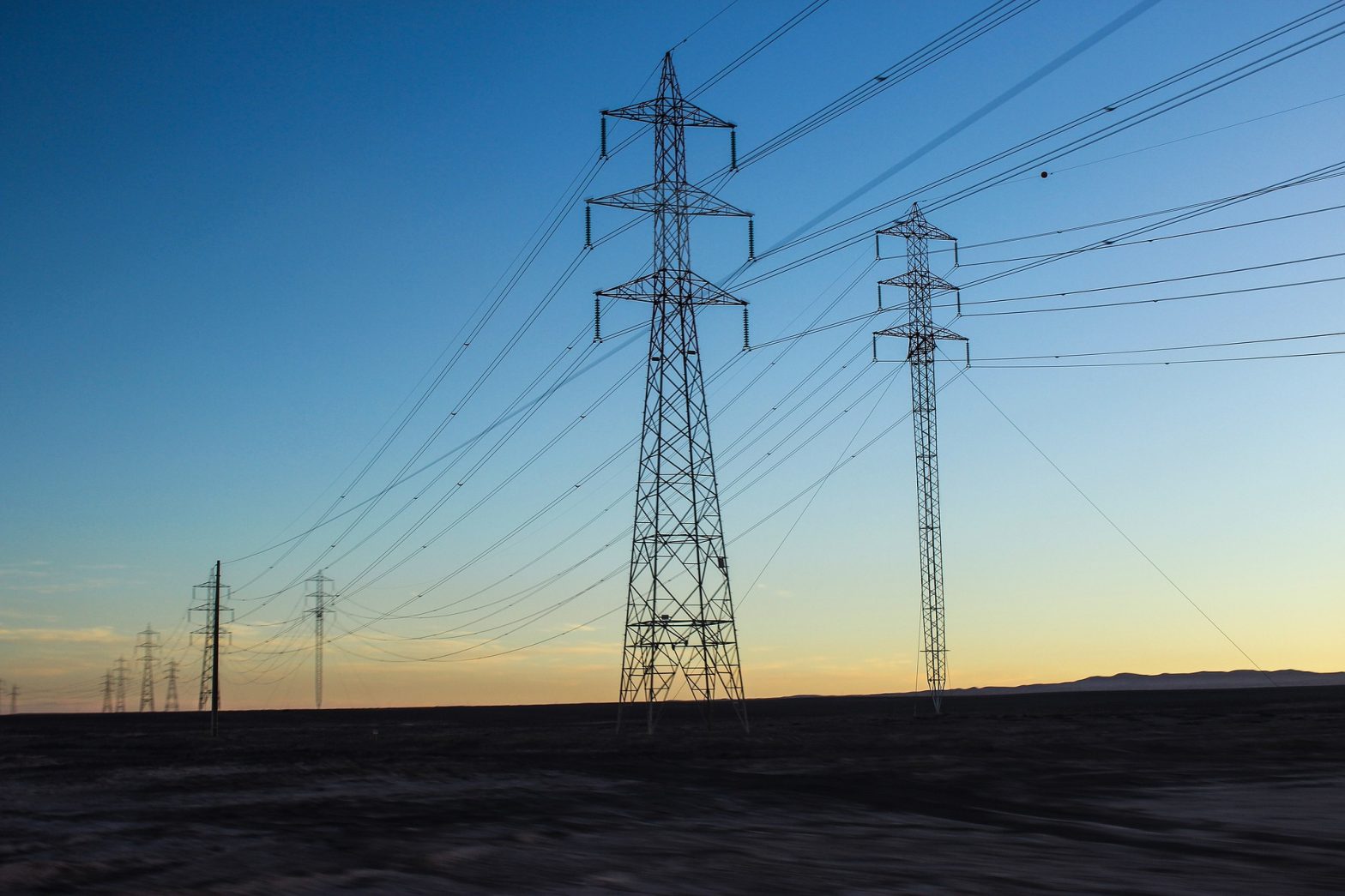On June 11, the Global Wind Power Association (GWEC) in collaboration with the German International Cooperation Organization (GIZ), the Danish Embassy co-organized the 2nd Vietnam Wind Power Conference. This is the forum. important for the energy sector to dialogue with policy makers on major issues related to wind energy development.
“Unlock” for wind power
Ms. Liming Qiao, Director of Asia Region, GWEC said: Continuing the success of the first Global Wind Power Conference in 2018, the 2nd Global Wind Power Association Conference 2019 will focus on plan to promote financial mobilization for wind power projects in Vietnam.
According to Mr. Naveen Ballachandran, Special Advisor of GWEC, wind power is one of the fastest growing industries in the world. In 2017 alone, total global investment in wind power reached US $ 107 billion with more than 1.15 million workers worldwide. By 2025, wind power can become a major development driver towards the future of sustainable energy and will be a common situation for most countries in the world.
Wind power has created a driving force for Vietnam’s wind energy market and attracted a variety of other projects. Currently 228 MW of wind power capacity has been installed and the Government of Vietnam has set a target of wind power capacity of 800MW by 2020, 2000MW in 2025 and 6,000MW in 2030.
Analyzing the biggest obstacle in financial mobilization and cash flow for Wind Power Projects in Vietnam, Mr. Jootst Siteur, Head of Investment Mobilization, Asian Clean Energy Program, US Agency for International Development (USAID Clean Power Asia) said that international investors see many risk factors in this emerging market, such as arbitration laws, cuts, termination and government guarantees, licenses, prices and capacity building … all must be taken into account when “unlocking” the market potential for wind energy in Vietnam.
Offshore wind industry planning
Mr. Alastair Dutton, Chairman of the team specializing in offshore wind energy, GWEC said: In fact, investing in offshore wind power plants is more difficult than onshore power plants and this is also a sum. Risk investment for private investors. Because only investors who are knowledgeable about financial and technical aspects can accept risks. In addition, wind energy investors will face more restrictions than those in the solar industry, particularly taking time to check locations; production and transportation of wind turbine components … especially the lack of evaluation information on offshore wind power potential as well as the ability to grid projects after completion.
Evaluating the effects of offshore wind projects on the environment, the Director General of the Vietnam General Department of Sea and Islands, the Ministry of Natural Resources and Environment Ta Dinh Thi said: There are wind measurement stations in the system. The meteorological observation station of Vietnam only measures at low level so there is almost no overhead wind data to serve the assessment of wind energy potential for offshore wind power construction.
Besides, the current wind power projects are required to be in the power plan or not, they must be added to the plan. Specifically, in the future, offshore wind power projects must be in line with sea use planning and marine space planning. Therefore, in the coming time, the Vietnam General Department of Sea and Islands desperately needs support in terms of funding and technology and equipment to conduct surveys and assess the potential of offshore wind energy for the whole sea of Vietnam. Besides, it is suggested to share information, detailed survey data from wind power projects which have been implemented to put into the national marine database system.


